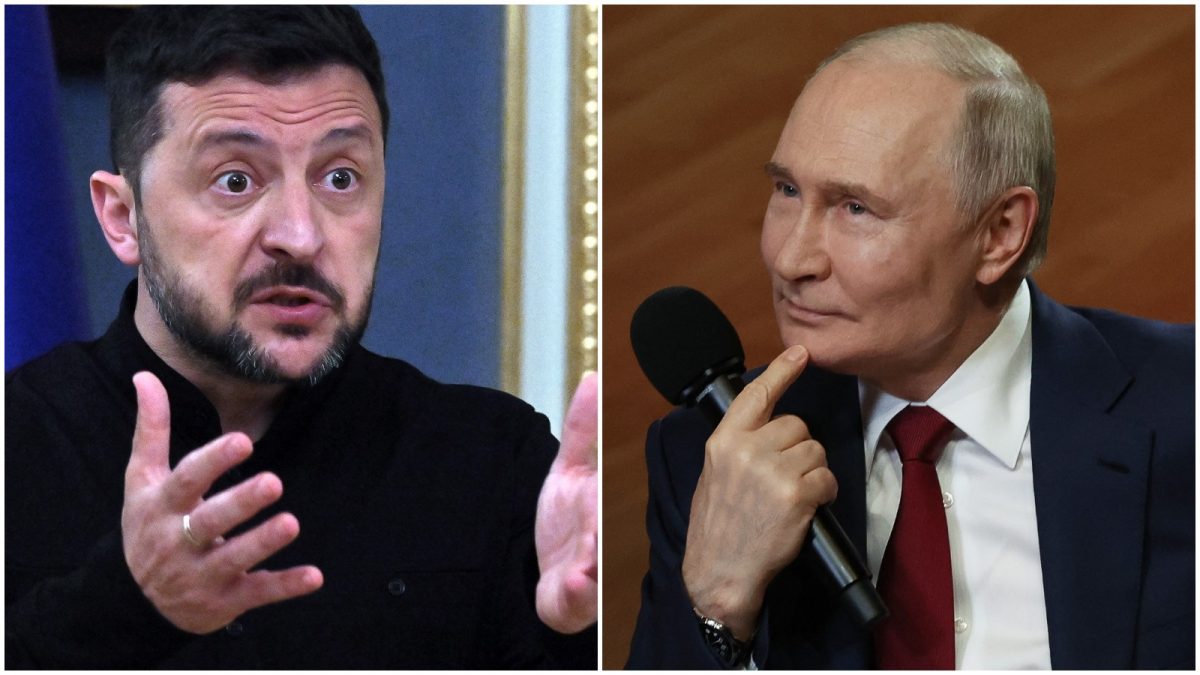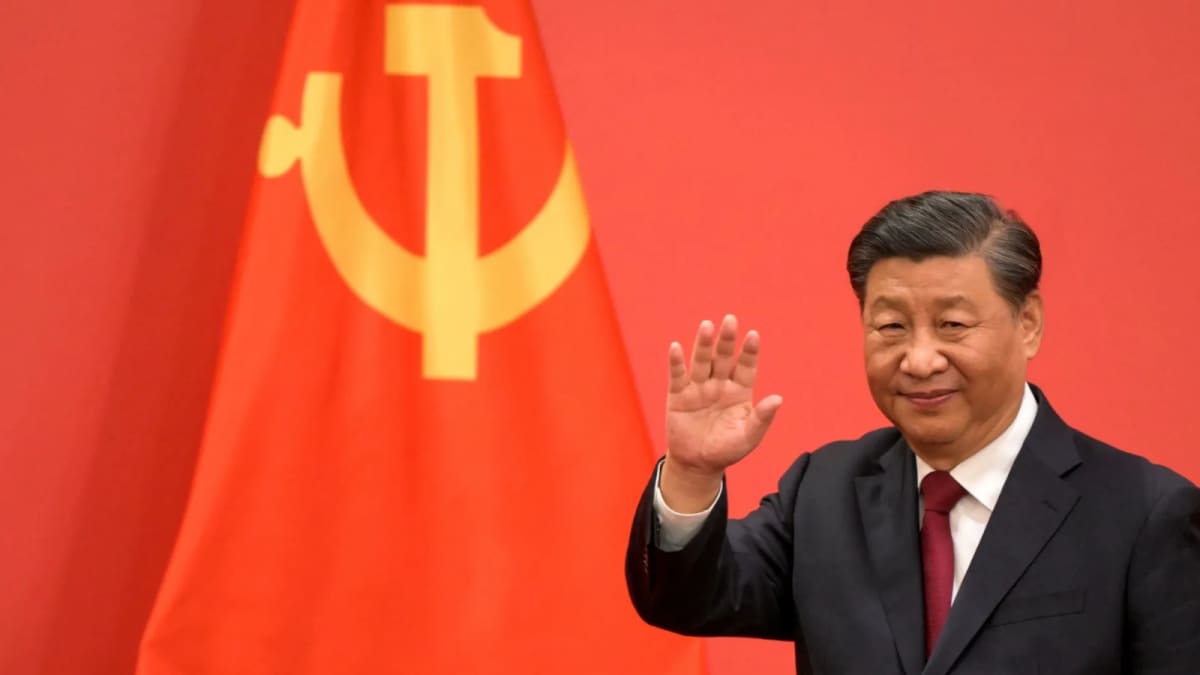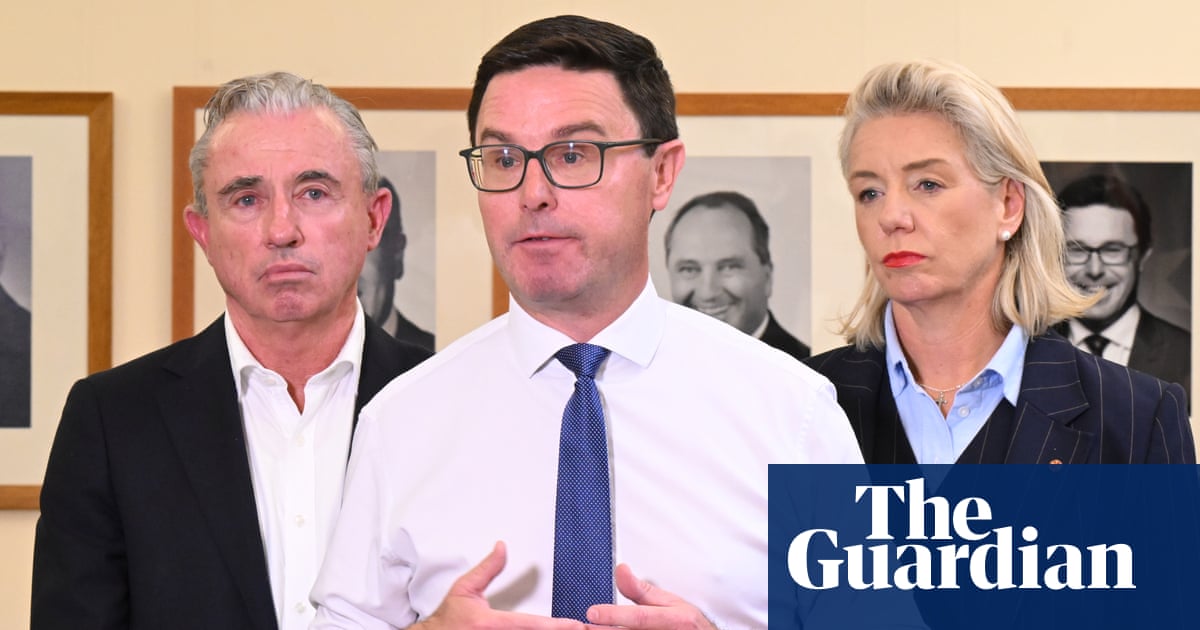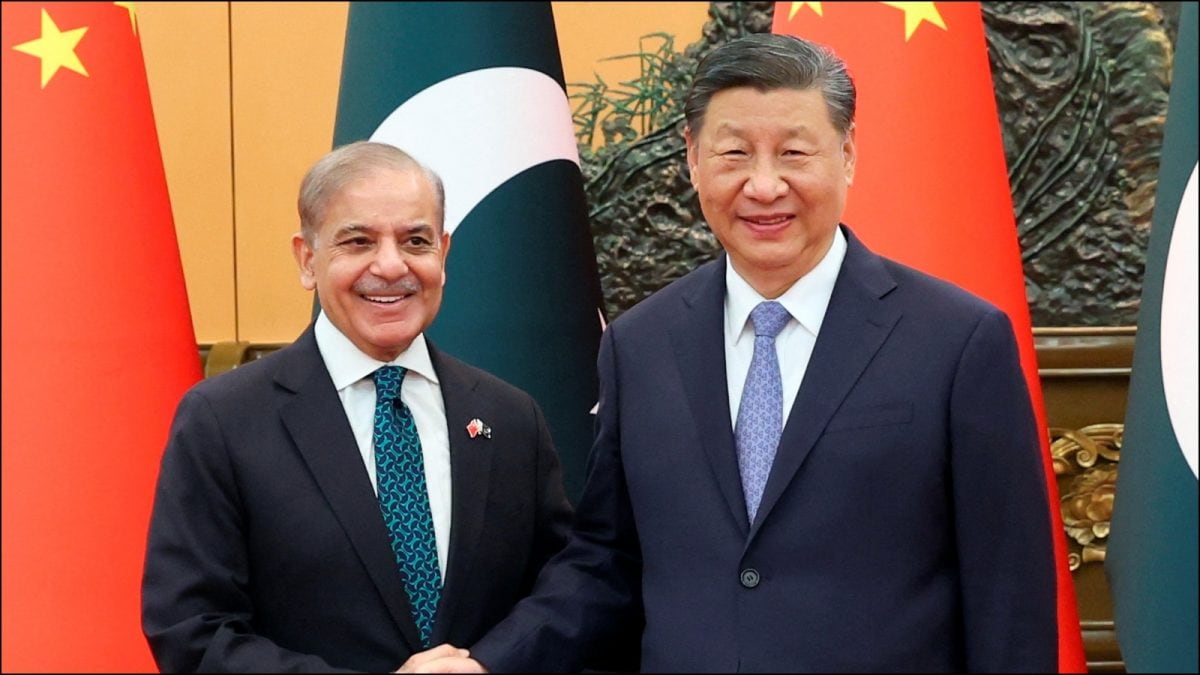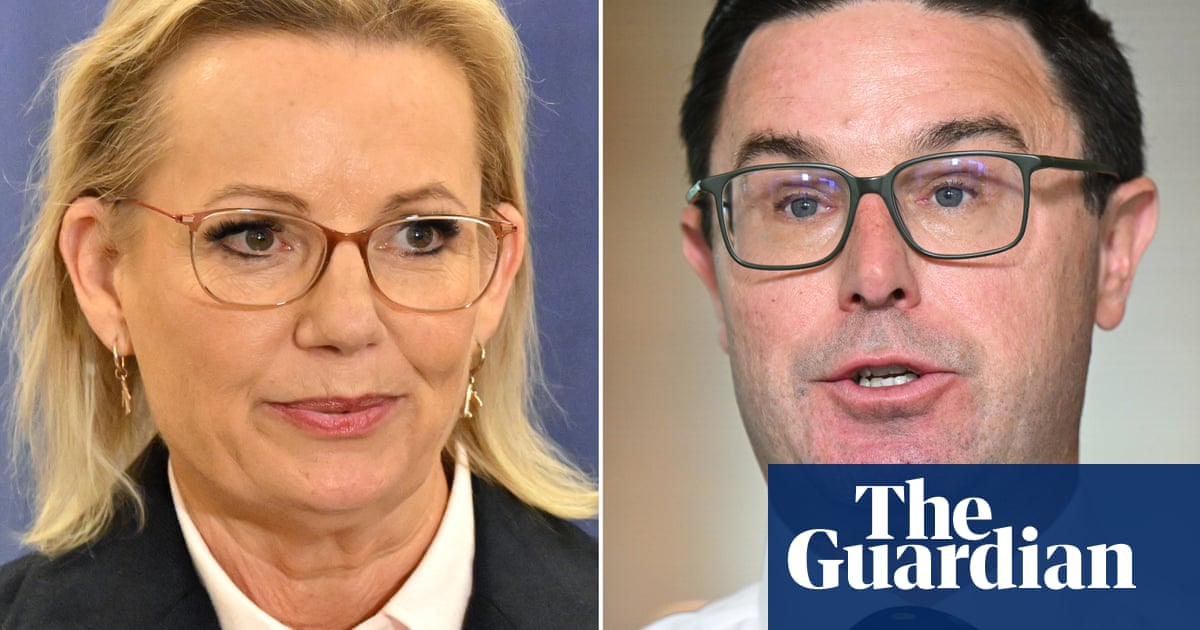The Reserve Bank has cut the cash rate by a quarter point to 3.85%, easing pressure on mortgage holders grappling with high living costs and elevated interest repayments.
Economists view the RBA decision as a sign that Australia’s central bankers believe inflation is being tamed and that there is no longer a need for a borrowing rate over 4% to constrain households.
The cut, representing the second reduction this year, was partly designed to protect indebted households from Donald Trump’s tariffs, which have spooked consumers and businesses, and created the potential for a protracted trade war.
“Inflation is in the target band and upside risks appear to have diminished as international developments are expected to weigh on the economy,” the RBA said.
Australia’s economic outlook has generally soured in the past few months, putting downward pressure on interest rates.
Employment growth was expected to ease more than previously forecast, while wages growth in the private sector will stabilise at a lower rate than previously forecast, according to the RBA.
While the quarter point reduction from 4.1% was widely anticipated, some market watchers had anticipated a bumper half percentage point cut and a few expected no rate cut.
Cash rate targetThe RBA’s target cash rate is the key interest rate other lenders rely on when setting their own terms for borrowers.The decision to cut was supported by recent consumer price data, showing a key measure of inflation had dropped below 3% for the first time in three years. A strong jobs market and easing global tensions undermined calls for deeper RBA cuts.
Mortgaged households would save an additional $114 a month for a $750,000 loan, according to Canstar, after the cash rate reduction flowed through to lending products.
Several major lenders, including Australia Bank, promptly announced after the rate announcement that they would decrease their standard variable home loan rate by 25 basis points.
The drop in borrowing rates was expected to drive home-buyer activity, but economists were doubtful that a “boom market” would take hold given affordability restraints.
The treasurer Jim Chalmers said on Tuesday the cut was “welcome relief for millions of Australians”.
“We are really pleased to see more help is on the way. And that’s what this decision today is all about,” Chalmers said.
“It reflects what we’ve made in the economy and recognises the uncertain global environment as well.”
The RBA focussed its attention in its monetary policy on the deterioration in global trade caused by Trump’s tariff regime, marking a change from past statements that heavily focused on domestic matters.
It even modelled an escalating “trade war” scenario, in which an ensuing global confidence shock could send unemployment soaring in Australia. In that scenario, the RBA would need to cut rates heavily to stimulate the economy.
If a trade war escalated around the world, almost 300,000 Australians could lose their jobs, according to central bank forecasts.
Permanent global increases in tariffs would halve Australia’s growth over the next two years, leaving the economy about $80bn smaller, and unemployment at nearly 6%.
A protracted trade war would also force prices up if more businesses were forced to manage tariffs by lifting their prices, the RBA predicted.
“Multinational corporations whose margins are compressed in markets where tariffs have been raised might [put] upwards pressure on prices in other markets such as Australia,” analysts wrote.
If the trade battle eased faster than expected, however, a quick global recovery would mean the RBA “may be required” to keep the cash rate higher than markets now expect.

 6 hours ago
6 hours ago
